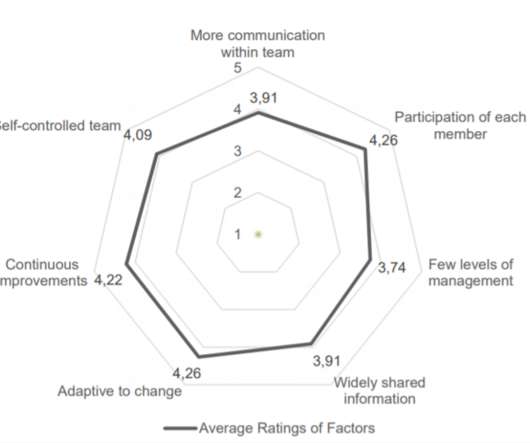Job Order Contract Execution Guide – Sample Template
Job Order Contracting
FEBRUARY 20, 2018
coefficient (reference table of allowable overhead). Each Job Order is broken down into individual tasks of work, and a total price is developed based upon the. The contractor typically bears overhead costs as part of the proposed coefficient of the JOC program. authorization. UPB rate and the Contractor’s multiplier.

















Let's personalize your content